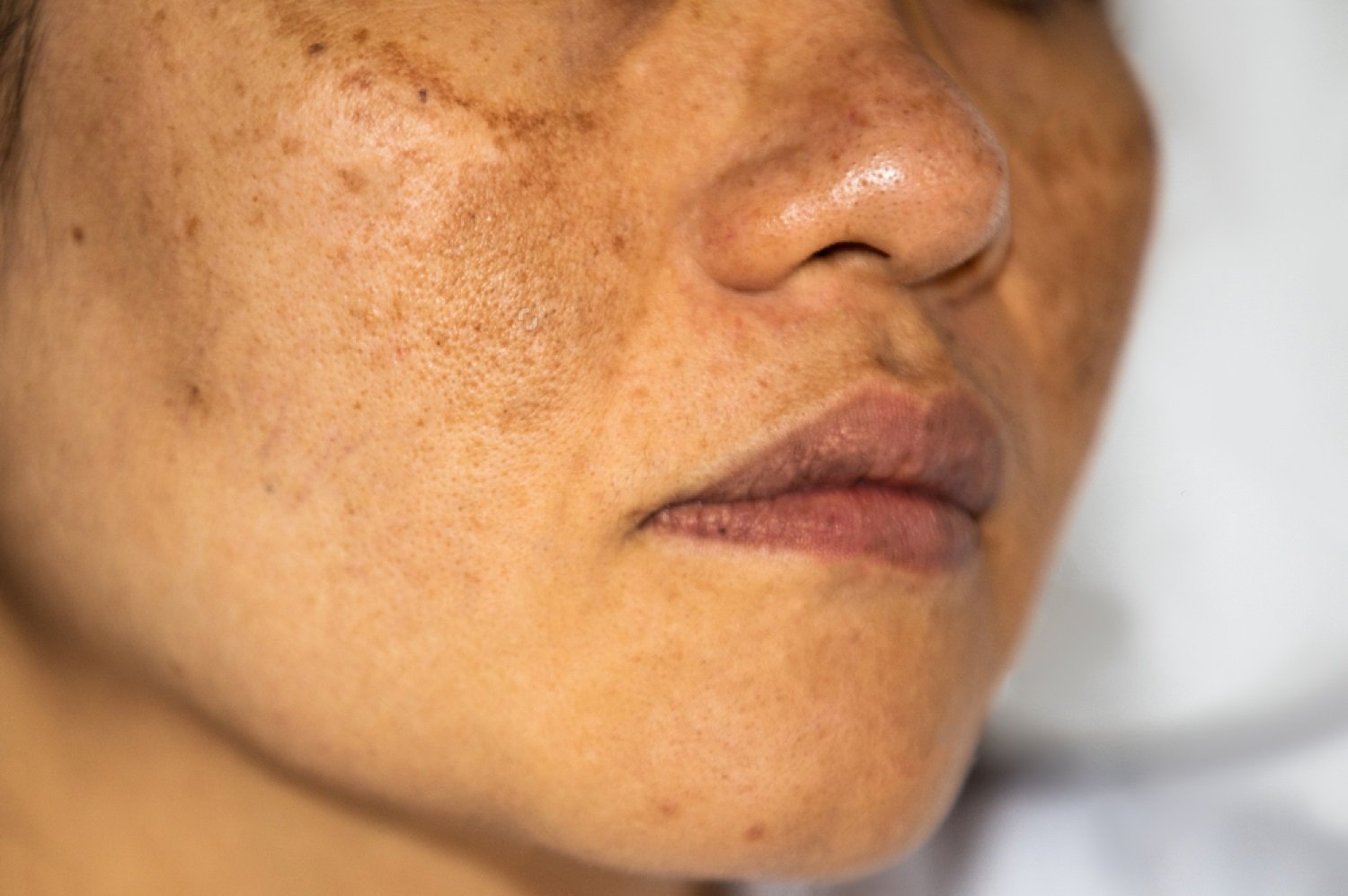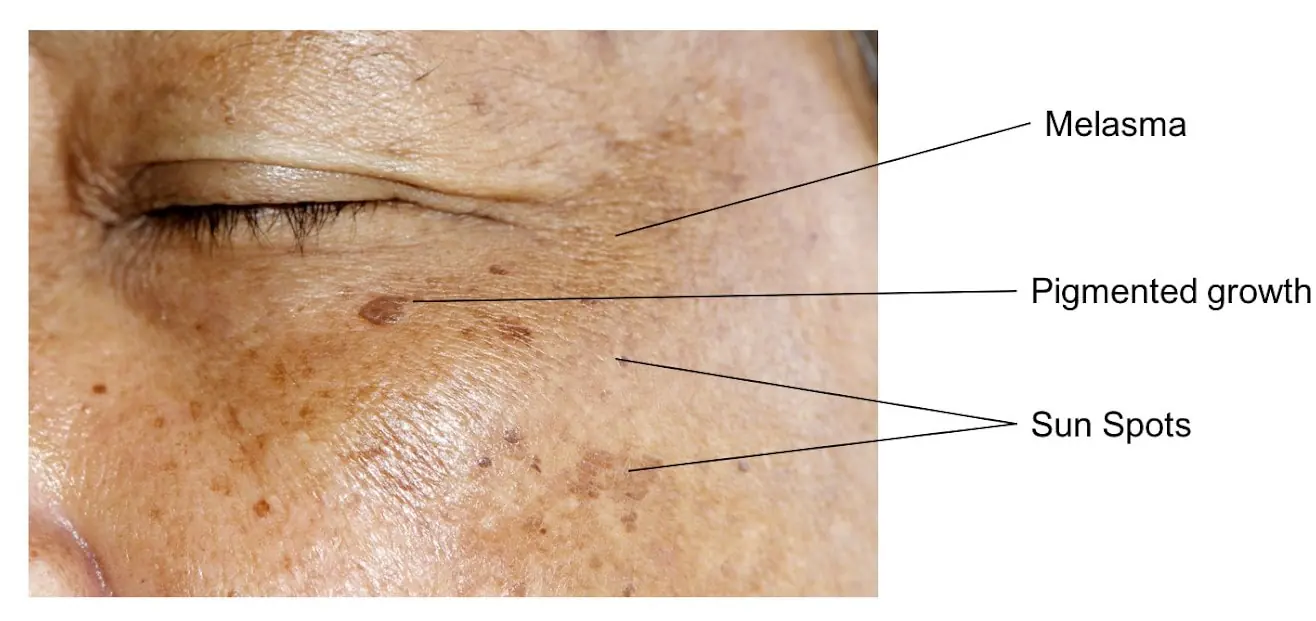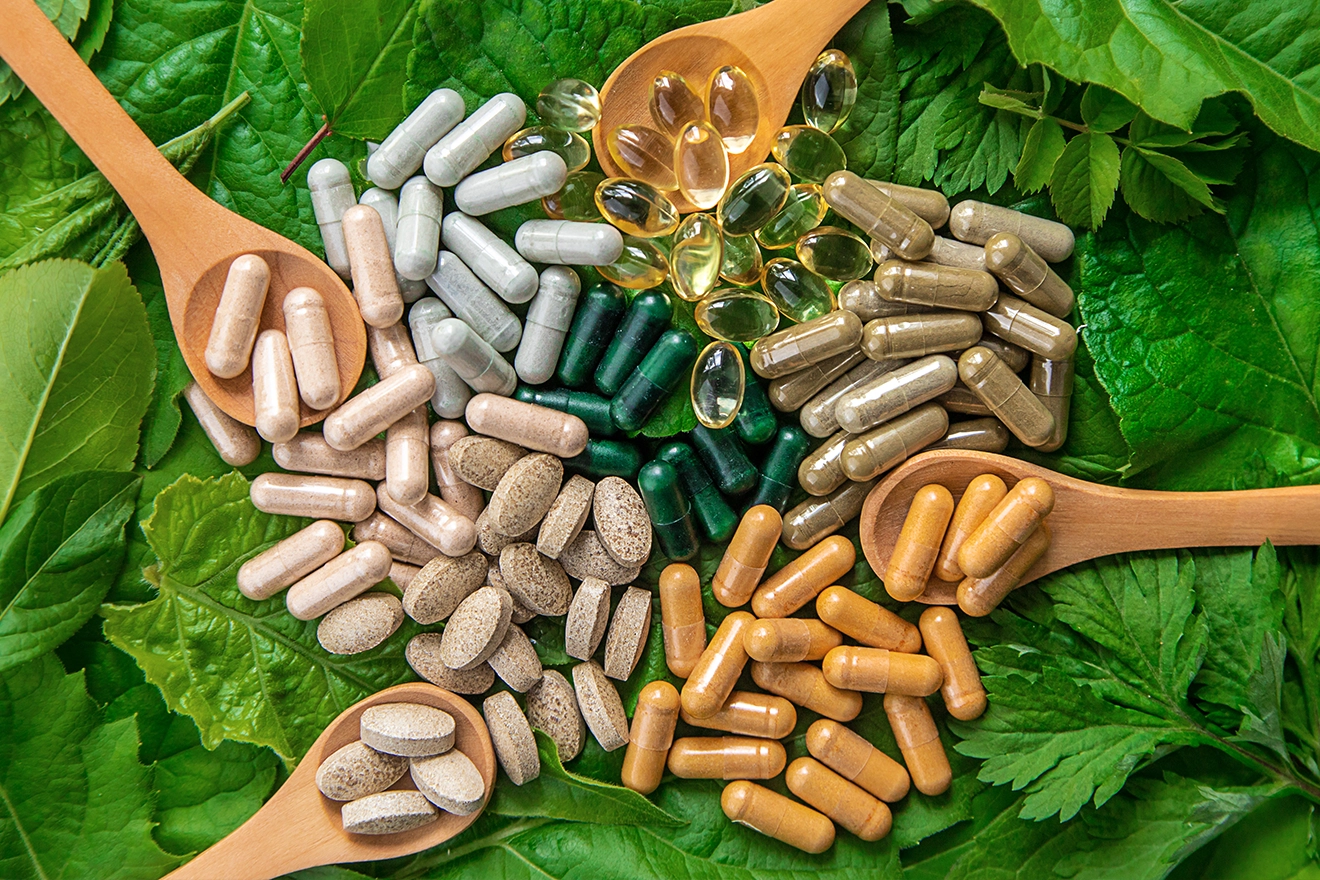
Understanding Pigmentation: Causes, Treatments & Skincare Tips

Understanding Pigmentation: Causes, Treatments & Skincare Tips
Pigmentation is one of the most common skin concerns affecting individuals of all ages and skin types. Whether it’s dark spots, uneven skin tone, melasma, or age spots pigmentation can affect your confidence and appearance. But the good news is, with the right diagnosis and treatment, it is completely manageable.
In this blog, we’ll take a closer look at what pigmentation is, what causes it, and how you can effectively treat and prevent it both through skincare and with the guidance of a qualified wellness doctor.
What is Pigmentation?
Pigmentation refers to the coloring of your skin. It occurs when melanin, the pigment that gives skin its color, is produced in excess or in patches. This leads to dark spots, uneven skin tone, and discolored patches.
Pigmentation is not harmful by itself, but it can be an indication of underlying skin damage, hormonal imbalances, or inflammation.

Types of Pigmentation
1. Hyperpigmentation
An overproduction of melanin that causes patches of skin to become darker than the surrounding area. Common forms include:
Melasma – often due to hormonal changes (e.g., during pregnancy).
Sunspots – caused by prolonged sun exposure.
Post-inflammatory Hyperpigmentation (PIH) – results from acne, injury, or eczema.
2. Hypopigmentation
This occurs when there’s a reduction in melanin, leading to white patches. Conditions like vitiligo and albinism fall under this category.
Common Causes of Pigmentation
Understanding the root cause of pigmentation is the first step to treating it effectively.
Sun Exposure: UV rays stimulate melanin production, leading to sunspots and tanning.
Hormonal Changes: Pregnancy, birth control pills, or thyroid issues can trigger melasma.
Inflammation & Acne: Injury or trauma to the skin can leave behind dark marks.
Genetics: Your skin type and family history may influence pigmentation.
Medication: Certain drugs like antibiotics or chemotherapy agents can trigger pigmentation changes.
Ageing: As we age, pigment-producing cells become more irregular, leading to age spots.
Clinical Treatments Recommended by Wellness Doctors
Chemical solutions are applied to exfoliate the skin’s top layer, helping reduce dark spots and brighten skin tone.
Laser toning, carbon laser peel, or Q-switch laser are highly effective in breaking down excess melanin in the skin.
3. Microneedling with PRP
Collagen induction therapy that also helps improve the appearance of dark spots and scars.
4. Hydrafacial + Brightening Serums
Deep cleansing combined with infusion of skin-brightening actives improves overall texture and tone.
5. Topical Depigmentation Creams
Prescribed by wellness doctors, these may include kojic acid, azelaic acid, arbutin, or hydroquinone, all proven to reduce pigmentation with consistent use.
Diet & Supplement Guidance from Clinical Nutrition Experts
A proper diet plays an important role in your skin’s health and pigmentation control. While clinical treatments can improve surface concerns, real transformation begins from within.
According to wellness doctors and clinical dietitians:
Vitamin C supports melanin balance and repairs sun damage.
Sources: Amla, citrus fruits, guava, bell peppers.
Vitamin E acts as a skin shield, helping repair and protect.
Sources: Almonds, sunflower seeds, spinach.
Zinc helps reduce acne, inflammation, and post-inflammatory dark spots.
Sources: Pumpkin seeds, legumes, oats.
Omega-3 fatty acids are known to calm skin sensitivity and hormonal pigmentation.
Sources: Flaxseeds, walnuts, fatty fish.
Antioxidants like glutathione help detox the skin, lighten pigmentation, and boost radiance.

Additionally:
Drink plenty of water to flush out toxins and maintain skin hydration.
Avoid refined sugar, processed foods, and dairy if you’re prone to breakouts or melasma.
Include leafy greens, berries, and whole grains in your meals regularly.
Daily Skincare Tips to Prevent Pigmentation
1. Use Broad-Spectrum Sunscreen (SPF 50+)
– Reapply every 3 hours, especially if outdoors.
2. Incorporate Vitamin C Serum
– Helps fight free radicals and reduce dullness.
3. Avoid Picking Acne
– This prevents post-inflammatory marks and scarring.
4. Double Cleanse at Night
– Removes makeup, pollution, and SPF for a clear canvas.
5. Hydrate and Moisturize
– Barrier repair creams help reduce redness and inflammation.
When to See a Wellness Doctor?
If pigmentation is widespread, persistent, or worsening, it’s important to seek guidance from a certified skin and wellness expert. They can determine whether your pigmentation is linked to hormonal changes, nutritional deficiencies, or inflammation and create a customized treatment plan that combines skincare, lifestyle changes, and clinical therapies.
Final Thoughts
Pigmentation doesn’t need to be a permanent part of your skin story. With the right care both inside and out you can restore brightness, even tone, and long-lasting skin confidence.
For safe and effective treatment, book a consultation with a wellness doctor who understands the connection between skin, health, and overall well-being.
